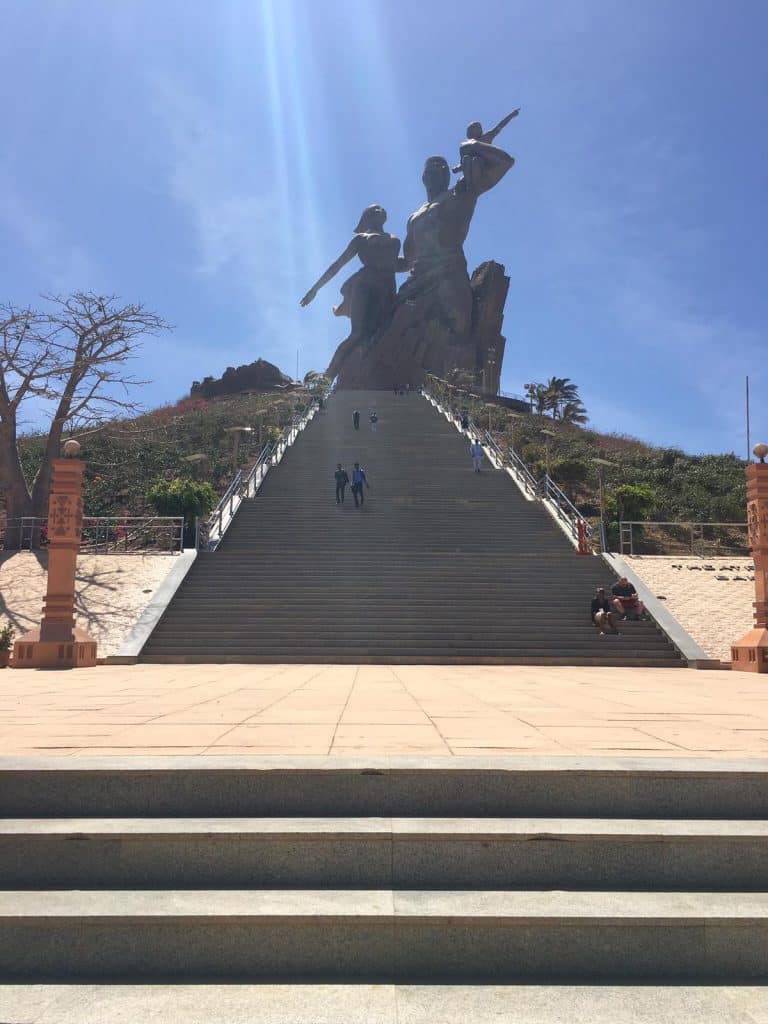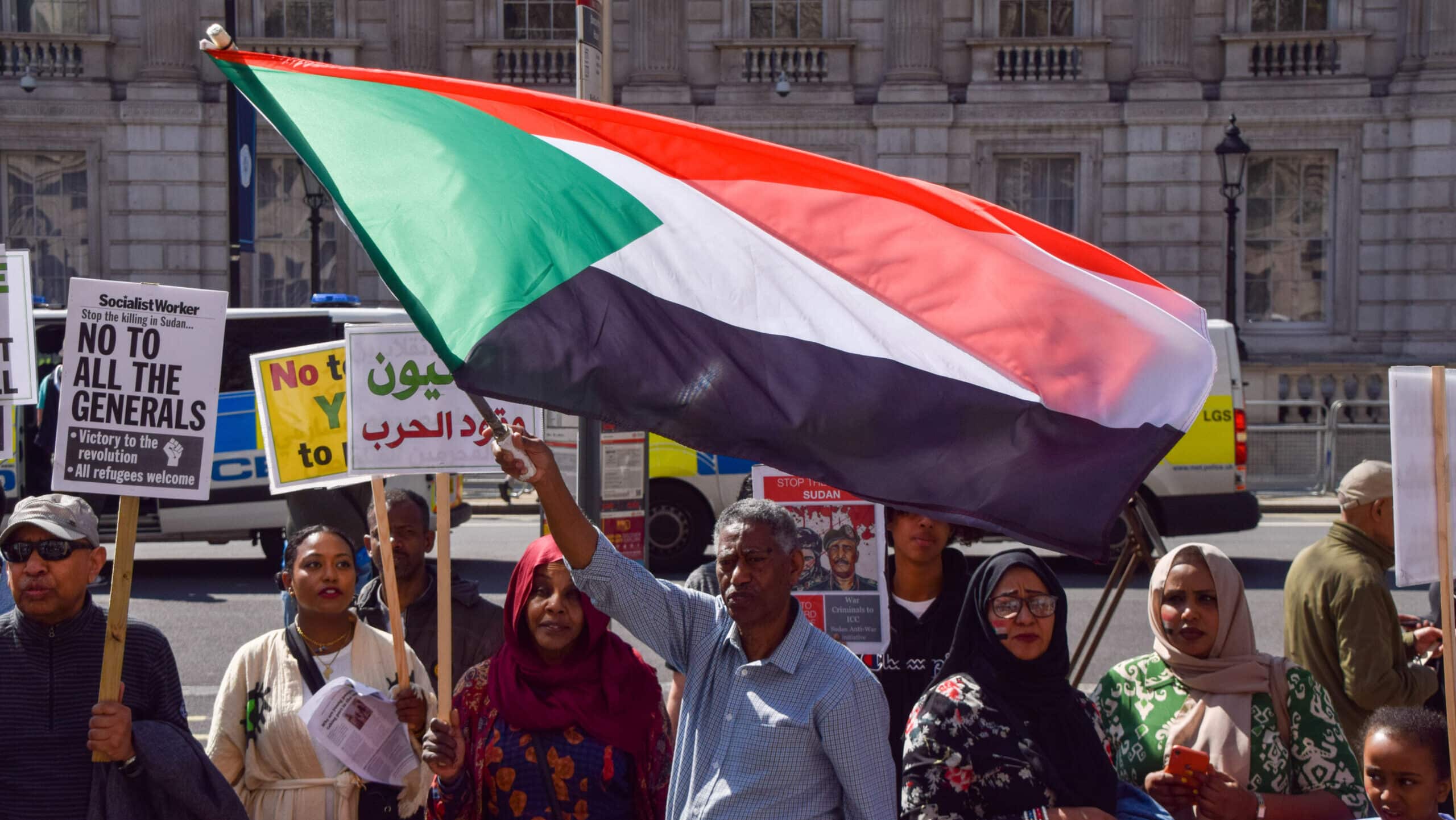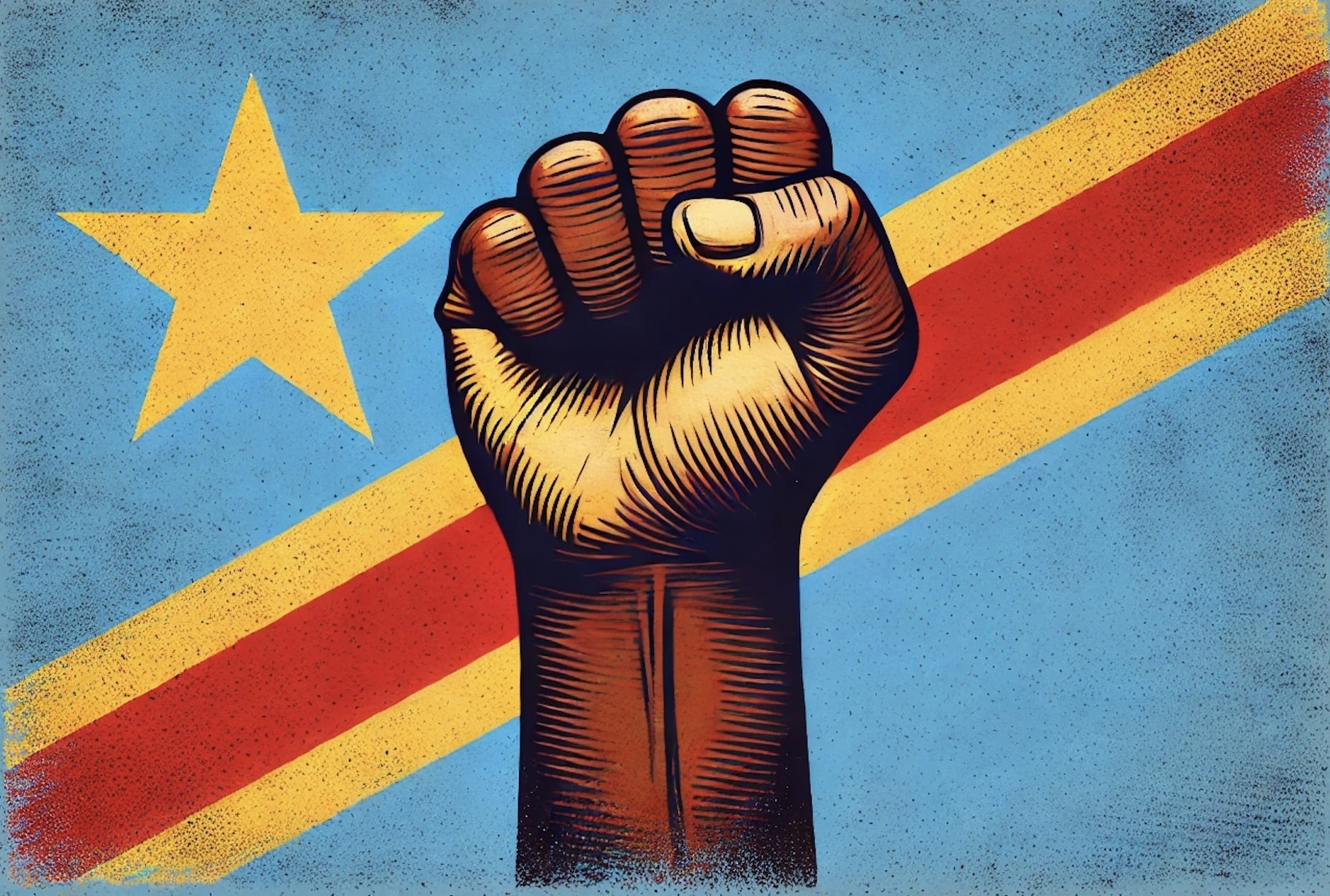Senegal is a country of migration. According to the World Bank, 10% of the GDP of the country consists of remittances. Those are financial contributions, sent by Senegalese people living outside the country, which is 5% of the Senegalese population. Most of them live in Europe and African countries in the region. With such a large amount of the population living abroad, the question arises: what is the role of migration in Senegal? To understand this, we first need to understand a bit more about the context of migration in Senegal, and in the broader region of ‘sub-Saharan Africa’.
‘Sub-Saharan Africa’
The term ‘sub-Saharan Africa’ is often used by news platforms, governments and international organisations, but what exactly does it refer to? The Economist explains the confusion and discussion about the term. Geographically, sub-Saharan Africa consists of African countries located south of the Sahara. But it is not just geography, there is also a cultural element to it. For example, Somalia and Djibouti are located south of the Sahara, still they are considered part of the Middle East by some international organisations, and part of North Africa by others.
There is also another problematic aspect to the term ‘sub-Saharan Africa’. The African continent consists of 54 countries, of which 46 are located south of the Sahara. The area of these countries combined is larger than China, the US and India together, and five times larger than the EU. The risk of generalisation is therefore very high. To distinguish between different regions in this large area, the region surrounding Senegal is often referred to as the ‘Sahel region’, especially by Western news platforms and organisations.
Sahel is the geological name for the ground between the sand of the desert, and the tropical climate and fertile soil below. Geographically, this area includes Senegal and parts of Mauritania, Mali, Burkina Faso, Niger, Nigeria, Chad, Sudan and Eritrea. With an emphasis on ‘parts’, as the area does not always correspond with the country borders. This reminds us that these borders often did not occur naturally. Many of them have been drawn by European powers during the Berlin Conference of 1884, the so-called Scramble for Africa, by which the African continent was occupied, divided and colonised.
Borders and mobility
To understand the role of migration in Senegal, it is important to keep this context in mind. Movement between Senegal and areas in the region exists since long before the colonisation, when borders and countries did not yet exist. Nowadays, while borders are separating countries, most migration still takes place between those countries in the region. This historical context, combined with the economic and cultural aspect of migration in Senegal, gives a good image of how integrated migration is in the society. During an interview for my research in Dakar, a man working for the rights of Senegalese people abroad said: ‘la mobilité, c’est le Sénégal’ – mobility, that is Senegal. Movement of people, but also of goods, money and knowledge, is inherent to the culture.
European paradise
Now that we understand the background of migration within Senegal, we can link it to the current discussion on migration in Europe. Media are regularly using words such as ‘invasion’, ‘flood’ and ‘wave’ to indicate migration towards the European continent. Regarding Senegal, the numbers of migrants did not increase as much as the media in Europe makes us believe.
What did change though, were the more restrictive border policies of the EU and its Member States. As a consequence, we see a decline in intentions of migrants to return from Europe, the increase of attempts to migrate to Europe and a growth of irregular migration, migration without official documents. This is confirmed by one of my interviewees, a student who stated that ‘there must be a paradise in Europe, otherwise they wouldn’t protect it so much’. The reality is that for many of the Senegalese migrants who reach the European continent, their life is far from paradise. And with growing right-wing extremism and stricter regulations, this is most likely not about to change anytime soon.
By Sofie van der Maarel





